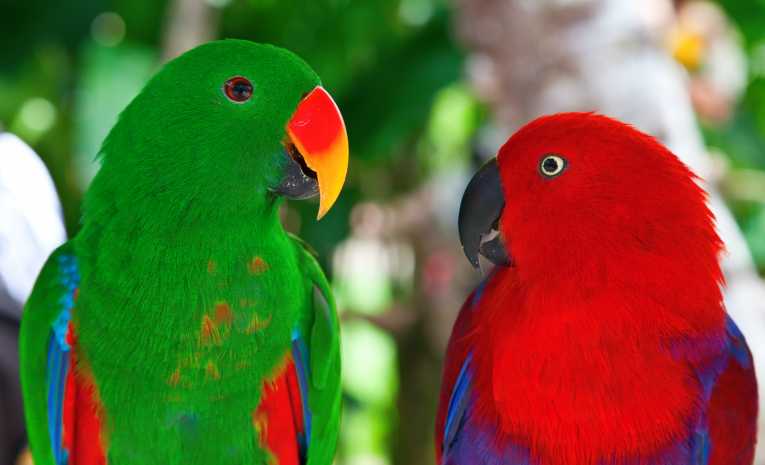Many species today are struggling to cope with the Earth's rapidly changing climate. As a result biodiversity managers are faced with a major decision on when, if ever, to relocate these species to ensure their survival.
New research published this week in Nature Climate Change has presented a new decision-making framework developed by scientists from CSIRO (Commonwealth Scientific and Industrial Research Organisation), the University of Queensland and the United States Geological Survey who are hopeful that their work will make these decisions easier.
Co-author of the report and CSIRO researcher, Dr Eve McDonald-Madden, says that as the world's climate changes faster than many species can move or adapt to, natural resource managers are already using "managed relocation" and they need to know what adaptation options are on hand to assist with protecting and maintaining biodiversity: "While the virtues of managed relocation of species are being debated by the scientific community, the reality is that it is already occurring".
Managing relocation of a species, which is also called assisted colonisation, means that a species is actively moved from their habitat because that area is, or will be, inhabitable due to climate change, to areas that are more suitable.
"Without relocating species we are destined to lose some of our most important and iconic wildlife,but at the end of the day we also need viable ecosystems into which we can move species," says Dr Tara Martin, CSIRO researcher. She believes that by learning more about how species that are affected by climate change function in their habitat is really important to making sure that any relocation plans are successful, but that often we might be unsure of how the current changes to the world's climate are going to impact on different species: "Our framework provides managers with a rational basis for making timely decisions under uncertainty to ensure species persistence in the long-term".
This new decision-making framework is designed to look at a range of factors, including population size, expected losses as a result of relocation and how many numbers of that species the new area could support, balanced with climate change predictions to make informed decisions on what the best timing might be to relocate a species.
Whilst managed relocation is not a quick fix, it does provide some hope for species that are already struggling with how the world's changing climate is impacting them.
Top Image Credit: Pair of lori parrots © Swisshippo










